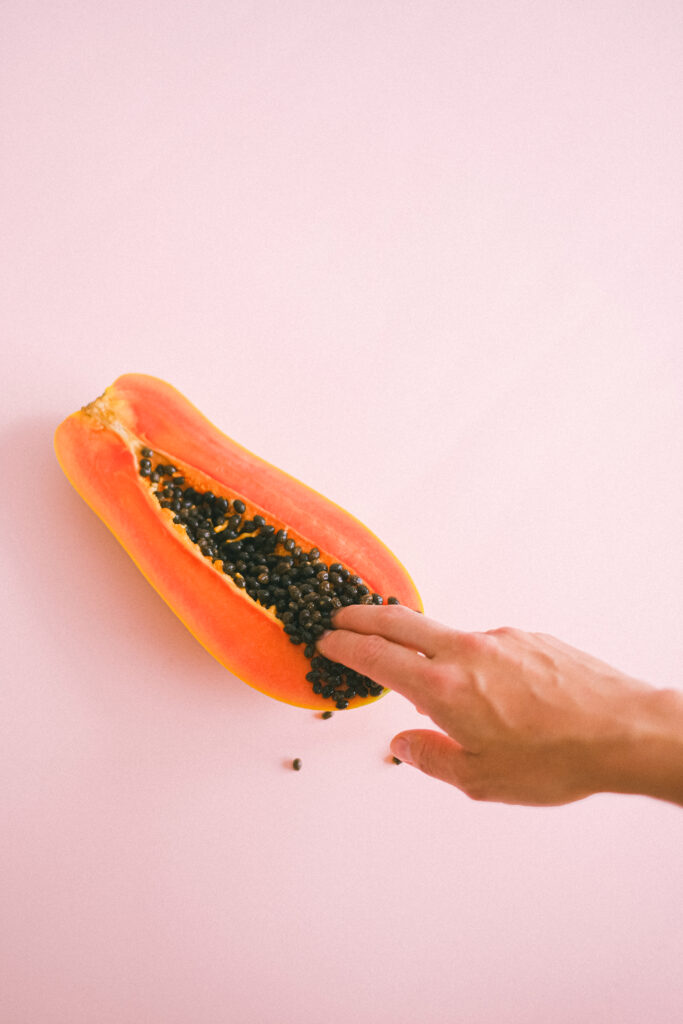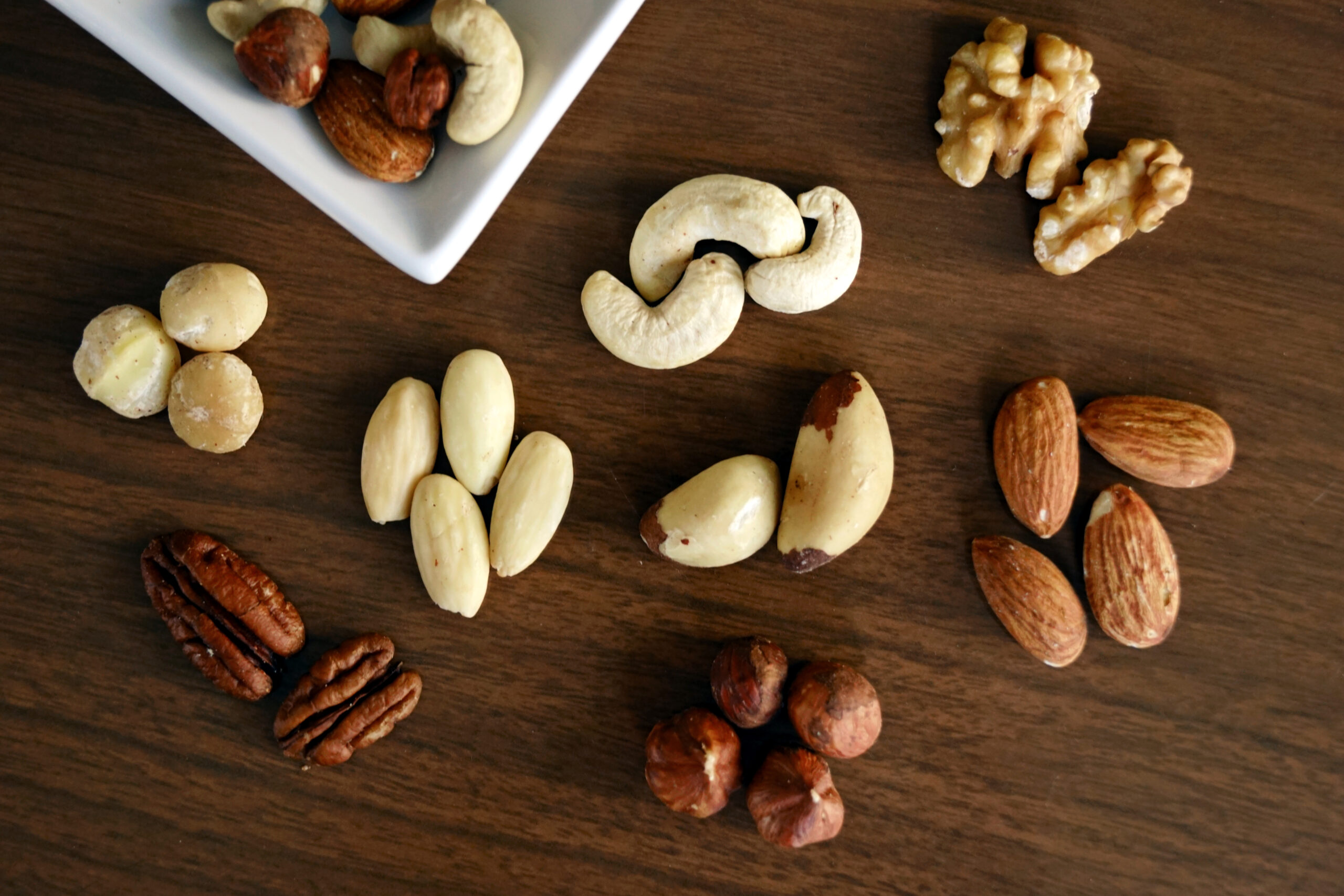In the world of gardening and horticulture, we often focus on the seeds themselves – their qualities, their growth potential, and their eventual harvest. However, have you ever stopped to consider the significance of the covering that protects these tiny powerhouses? The importance of seed covering cannot be overstated when it comes to enhancing germination and promoting healthy growth. Join me as we explore the crucial role that seed covering plays in the journey from seed to plant, and discover the secrets to unlocking their full potential.
The Purpose of Seed Covering
Seed covering serves several important purposes in the growth and development of plants. One of the primary purposes is the protection of seeds from various environmental conditions. Seed covering acts as a shield, safeguarding the delicate embryo inside from extreme temperatures, UV radiation, and mechanical damage. Additionally, seed covering serves as a defensive barrier against seed predators, preventing them from accessing and consuming the seeds. Moreover, seed covering helps to retain moisture, ensuring that the seeds have a sufficient water supply for germination. Lastly, seed covering also plays a role in temperature regulation, providing insulation and maintaining an optimal temperature for seed germination.
Different Types of Seed Covering
There are two main types of seed covering: natural and artificial. Natural seed coverings are those that occur in nature, such as fruit pulp, husks, or shells. These coverings are often rich in nutrients and play a crucial role in the dispersal of seeds. On the other hand, artificial seed coverings are those that are applied by humans for various purposes, such as protecting the seeds during transportation or providing them with a controlled environment for germination.

Factors Affecting Seed Covering
Several factors can influence the type and effectiveness of seed covering. One essential factor is the type of seed being covered. Different plant species have different seed coverings, tailored to their specific needs. The soil type and condition also play a significant role in the selection and effectiveness of seed covering. Sandy soil, for example, may require a more substantial covering to prevent water loss. Additionally, environmental factors like temperature, humidity, and precipitation can impact the thickness and composition of seed covering. Lastly, the size of the seed itself can determine the depth of covering necessary for successful germination.
Enhancing Germination with Seed Covering
Seed covering plays a vital role in enhancing germination. By providing a protective layer, seed coverings promote even germination by shielding the seeds from external stresses and disturbances. Furthermore, seed coverings prevent seed desiccation by reducing water loss through evaporation. This is particularly crucial in arid environments or when seeds are exposed to dry conditions during their period of dormancy. Seed coverings also protect against fungal diseases, which can be detrimental to germination and early seedling development. Lastly, seed coverings can provide a nutrient source for the growing embryo, furnishing it with essential substances needed for successful germination.

Importance of Seed Covering for Growth
Seed covering continues to play a crucial role in the growth and development of plants beyond the germination stage. As seedlings emerge from the protective covering, they face various challenges in their environment. Seed coverings help protect against pests and herbivores, acting as a physical barrier to deter feeding and damage. These coverings also provide support for seedling growth, offering stability and anchorage to young plants as they establish their roots and develop their first leaves. Additionally, seed coverings regulate water availability, preventing excessive water loss or saturation, and ensuring that seedlings receive an adequate water supply. Finally, seed coverings facilitate nutrient absorption, helping seedlings access the necessary elements for their growth and development.
Methods for Seed Covering
There are several methods for seed covering, each with its own advantages and applications. Direct seeding is the method of sowing seeds directly into the soil, either by hand or using machinery. This method is commonly used in large-scale agricultural operations and allows for precise seed placement. Drilling is another method where seeds are mechanically placed into the soil at a specified depth and spacing using specialized equipment. Broadcasting involves scattering seeds over a wide area, typically done by hand or using a spreader. Lastly, transplanting refers to the process of moving young seedlings from a nursery setting to their final planting location, where they can be covered with the appropriate soil.

Seed Covering Techniques
When it comes to seed covering, several techniques can be employed to ensure optimal results. The depth of seed covering is a critical aspect to consider. Most seeds have a recommended planting depth, which ensures proper contact with the soil and adequate access to moisture and nutrients. This depth can vary depending on the species and the specific conditions, so it is essential to follow recommendations for each type of seed. Seed to soil contact is another crucial factor that influences germination. Good contact between the seed and the soil allows for efficient water absorption and exchange of gases for respiration. Finally, mulching can be used as a supplemental covering technique. Mulches, such as straw or wood chips, help retain moisture, regulate soil temperature, and reduce weed competition, all of which are beneficial for seed germination and growth.
Seed Covering and Sustainable Agriculture
Seed covering plays an integral role in sustainable agriculture practices. One significant benefit is the conservation of water. By retaining moisture in the soil, seed coverings reduce the need for irrigation, resulting in water-saving and more efficient water usage. Additionally, seed coverings help reduce soil erosion by acting as a protective layer against wind and water runoff. This helps to maintain soil structure, prevent nutrient loss, and preserve the fertility of agricultural land. Moreover, seed covering can contribute to promoting biodiversity. By implementing cover crops or utilizing natural seed coverings, farmers can create habitats and provide food sources for beneficial insects and wildlife, thereby enhancing biodiversity in agricultural landscapes.
Research and Advances in Seed Covering
Ongoing research and advancements in seed covering technologies are focused on developing more sustainable and effective solutions. One area of development is biodegradable seed coverings. These coverings are designed to break down naturally over time, reducing their environmental impact and eliminating the need for manual removal after germination. Another emerging field is the use of nano coatings on seed coverings. These coatings enhance seed protection by providing an extra layer of defense against pests, diseases, and environmental stresses. Additionally, smart materials are being explored, which can respond to environmental cues and provide the optimal conditions for seed germination and growth.
Conclusion
Seed covering is an essential aspect of plant propagation and agriculture, serving multiple functions that contribute to the successful germination and growth of plants. From protecting seeds from environmental conditions and predators to promoting even germination and offering support for seedling growth, seed covering plays a critical role throughout the plant’s life cycle. Various factors, such as seed type, soil type and condition, and environmental factors, influence the effectiveness of seed covering. By employing proper seed covering techniques and considering advancements in seed covering technologies, farmers and gardeners can enhance germination rates, improve growth outcomes, and promote sustainable agricultural practices.
